Scientists are unable to fully explain the Mysterion waves that were discovered at the edge of the Solar System.
Data obtained from the IBEX orbiting satellite, which is thought to be the boundary between the Solar System and interstellar space, showed the presence of planet-sized particles in the heliopause. The measurements’ results provide us new insight into the Solar System’s boundaries and how they change over time.
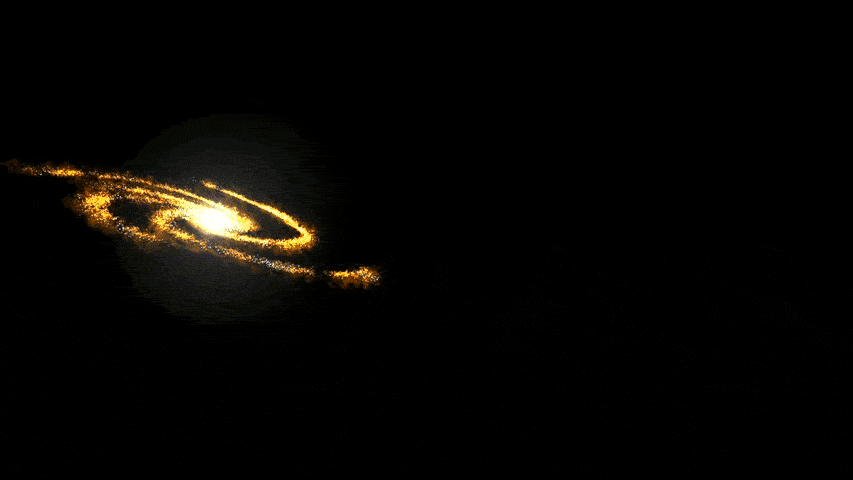
Only two human-made spacecraft, the Voyager spacecraft, have passed the heliopause and are now traveling into interstellar space. However, NASA IBEX is another instrument in near-Earth orbit that aids scientists in mapping the heliosphere.
IBEX measures energetic neutral atoms near the boundary of the Solar System, where the solar and interstellar winds meet. While some of these atoms return and reach Earth, some manage to reach interstellar space. The form of the border may be mapped using these particles. Space echolocatio is fairly comparable to this principle.
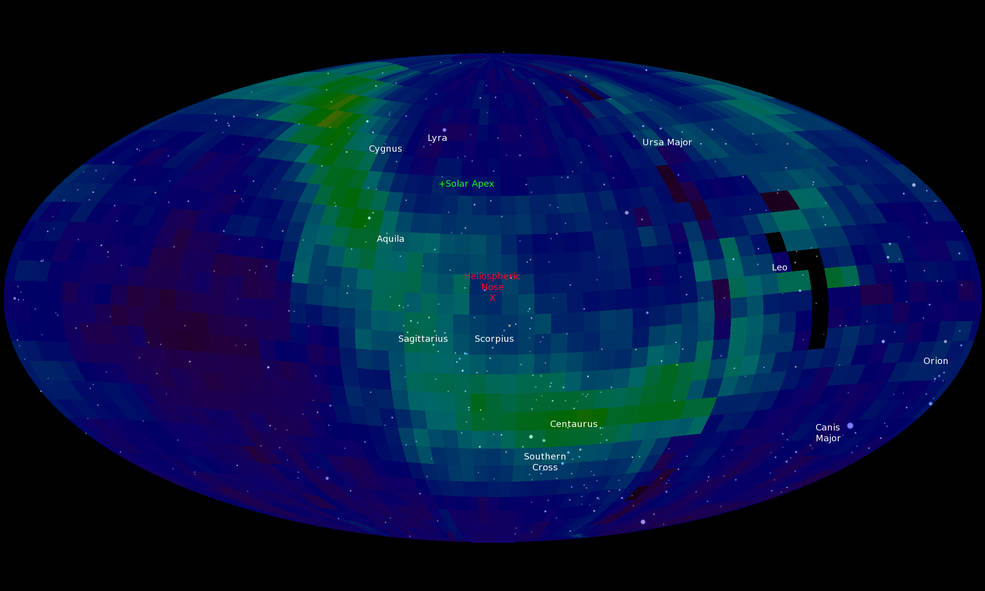
Previous maps of the heliospheric boundary relied on large-scale measurements of the evolution of solar wind pressure and energetic neutral atom emissions, which resulted in the smoothing of the boundary in both space and time. But in 2014, the dynamic pressure of the sun decreased by around 50% for about six months. A group of scientists from Princeton University, under the direction of astrophysicist Eric Zirstei, used this occasion to take a more precise picture of the geometry of the boundary between the shock wave and the heliopause and found a large ripple on the scale of cosmic scales (AU).
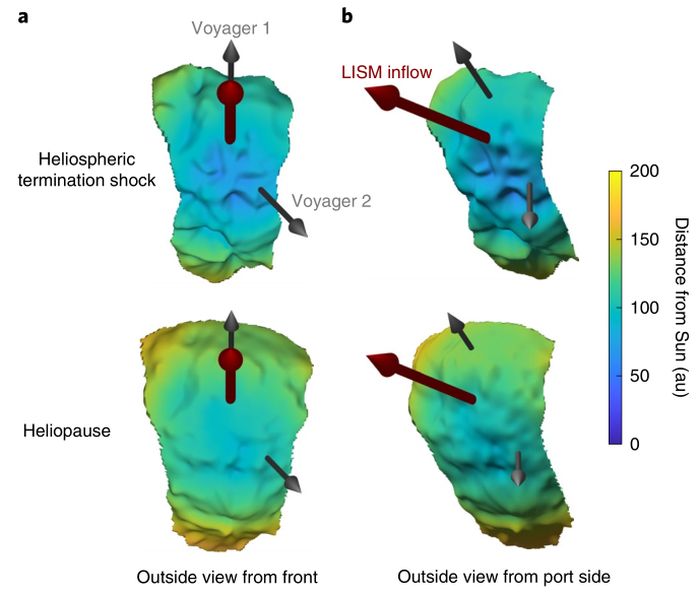
In order to determine how this high-pressure solar wind interacts with the solar system’s boundary, they also developed simulations. They discovered that a pressurized wave originated in 2015 in the region between the shock wave limit and the heliopause. The reflected wave returns to the heliosphere and collides with a stream of charged plasma, generating a storm of energetic neutral atoms that fills the inner heliosphere and causes ripples in the shell.
A rather significant change in the distance to the heliopause is also shown by measurements. 2012 saw the passage of Voyager 1 across the heliopause at a distance of 122 astronomical ly. The study determined that the heliosphere had swollen in 2016 since Voyager 1 was already 131 astronomical seconds away from it. The form of the heliopase changes throughout time, according to measurements, although a precise explanation is not known at this moment.
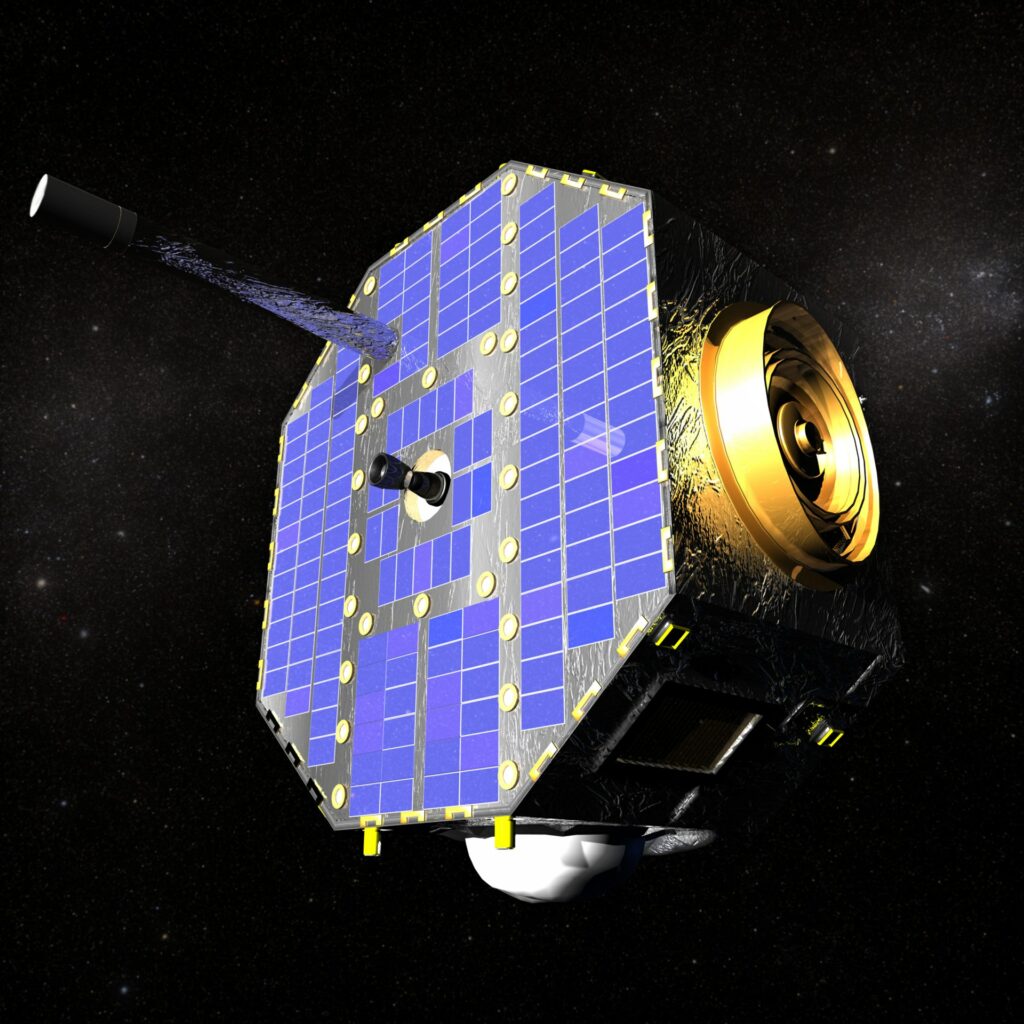
In order to find the solution, NASA will launch a new probe in 2025 to measure the state of energetic atomic nuclei with higher accuracy and a wider range of energies. Scientists believe that this will assist to clarify certain questions regarding the amazing “wrizzled” bubble that shields our small planetary system from cosmic radiation.
According to Nature Astronomy
Do not forget to share your opinion with us to provide you with the best posts !



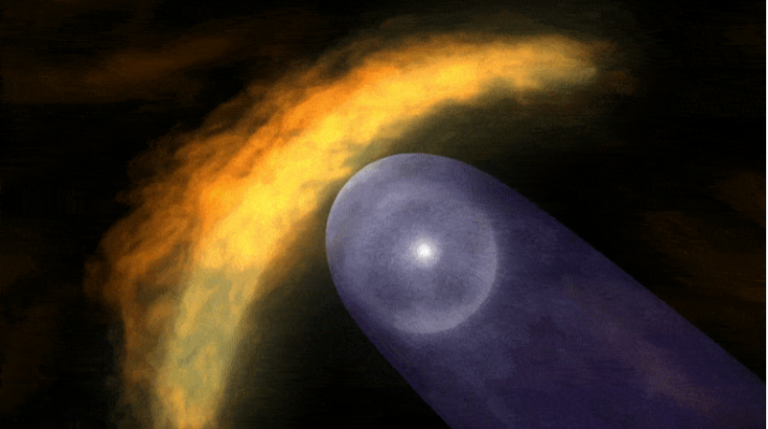
0 Comments